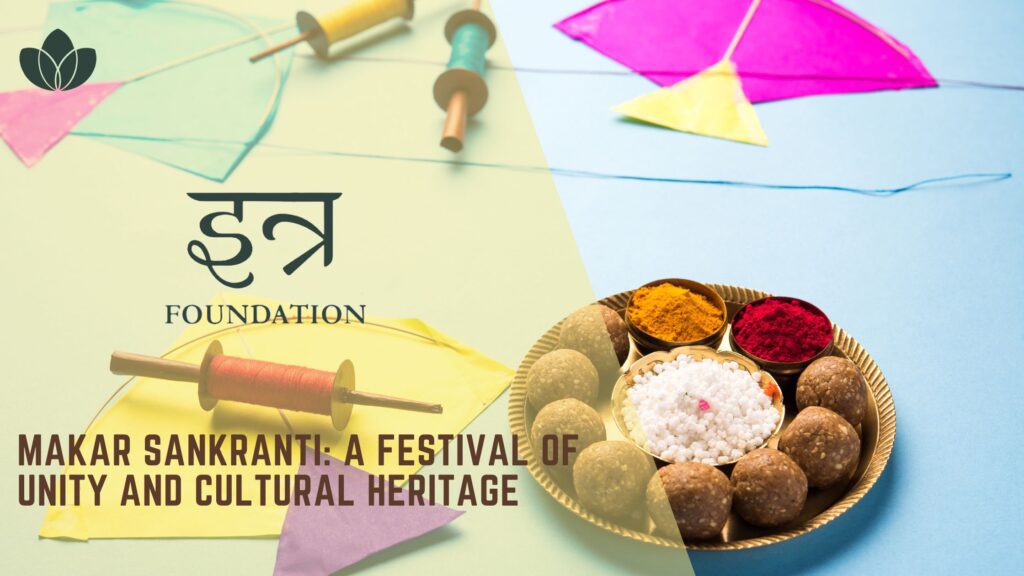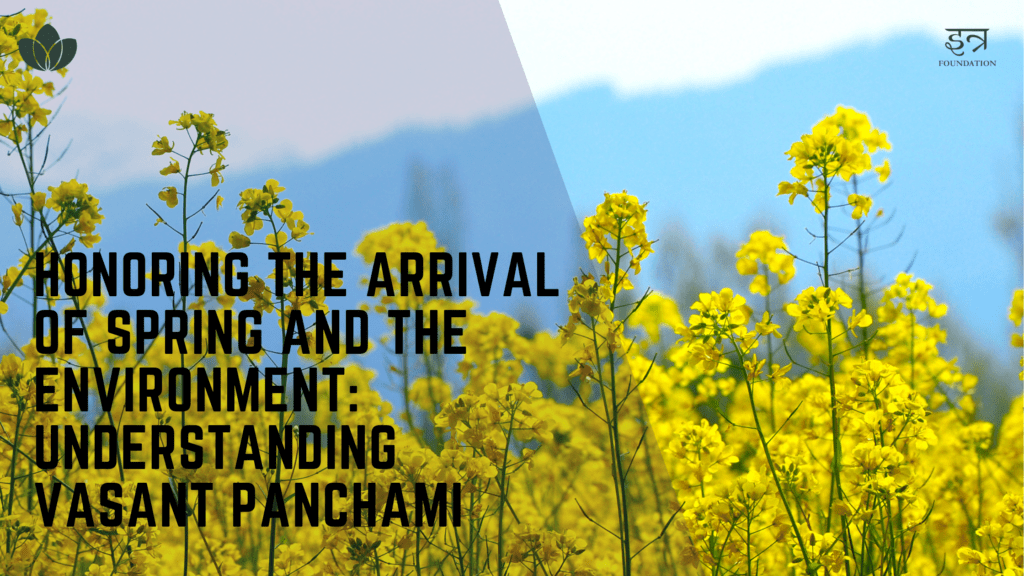Introduction
Makar Sankranti is one of the most significant and widely celebrated festivals in India, marking the transition of the sun from Sagittarius to Capricorn and the arrival of spring. This festival holds deep cultural, social and agricultural importance, with traditional celebrations and rituals that have been passed down for generations. However, as we celebrate this festival, it’s essential to consider our impact on the environment. Incorporating eco-friendly practices into our celebrations can not only reduce our carbon footprint but also preserve the natural environment for future generations. This blog post aims to explore how we can celebrate Makar Sankranti while being mindful of the environment. We will delve into the history and cultural significance of Makar Sankranti, traditional celebrations and rituals associated with the festival, and ways to incorporate eco-friendly practices. By the end of this post, readers will have a better understanding of how to celebrate this festival in an eco-friendly manner.
History and cultural significance of Makar Sankranti
Makar Sankranti has a long history and rich cultural background, deeply rooted in the mythology and religious traditions of India. According to Hindu mythology, it marks the day when Lord Surya, the sun god, begins his journey northwards, signaling the end of the long, dark winter and the arrival of spring. This is also the day when the god of death, Yama, visits his ancestors and it is believed that performing rituals and giving alms on this day can appease the ancestors and bring blessings. Makar Sankranti has been celebrated in India for centuries, with references to it in ancient texts and historical records. The festival is celebrated with great fervor and enthusiasm
all over India, with each region having its unique way of observing the festival. For example, In Gujarat and Maharashtra, the festival is marked by the flying of colorful kites while in South India, it is celebrated as Pongal and Sankranti, and is associated with the harvest season. Throughout the country, it is a time for exchanging sweets, participating in religious rituals, and spending time with family and friends. It is a festival that has deep cultural, social and agricultural importance in India’s history.
However, as we celebrate this festival, it’s essential to consider our impact on the environment. Incorporating eco-friendly practices into our celebrations can not only reduce our carbon footprint but also preserve the natural environment for future generations. This blog post aims to explore how we can celebrate Makar Sankranti while being mindful of the environment.
Eco-friendly ways to celebrate Makar Sankranti
Eco-friendly ways to celebrate Makar Sankranti are a great way to celebrate the festival while being mindful of the environment.
One way to incorporate eco-friendly practices into your celebrations is by using natural and organic materials for decorations and puja items. This not only reduces waste but also supports local artisans and promotes sustainable practices.
Another way to celebrate in an eco-friendly manner is by avoiding single-use plastic items. This can be achieved by opting for reusable or biodegradable options for packaging and decorations. In addition to this, incorporating sustainable practices in traditional rituals such as taking a dip in the river or burning firewood for rituals can also be considered.
Another way to celebrate in an eco-friendly way is by using eco-friendly options for kite flying, such as eco-friendly kites and natural strings. These options not only reduce waste but also promote sustainable practices.
Lastly, encouraging the use of public transport or carpooling to reduce the carbon footprint can also be considered. This not only reduces the carbon footprint but also promotes community engagement. By incorporating these eco-friendly practices into your Makar Sankranti celebrations, you can not only honor the traditional aspects of the festival but also protect the environment.
Conclusion
Sustainable practices in traditional rituals can help preserve our natural environment. By adopting these eco-friendly practices not only during festivals but in our everyday lives, we can help ensure that future generations can also enjoy the beauty and wonder of Makar Sankranti and other festivals. It is our responsibility to be mindful of our actions and make an effort to reduce our carbon footprint as we celebrate this festival.





